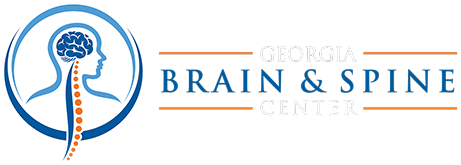At Georgia Brain & Spine Center
For any medical condition, a good doctor’s goal should be to provide excellent treatment results in the least invasive way possible. At Georgia Brain & Spine, our neurosurgeons Dr. Elias Dagnew, and Dr. Michael Hartman have the specialized expertise to meet that goal. When appropriate, we offer a variety of nonsurgical treatments for spine conditions and injuries. Depending on the patient, these can include:
Epidural Injections
One of the most common problems with spinal conditions is chronic pain. For some chronic pain patients, we can help with epidural injections. To administer an epidural steroid injection (or ESI), we use a specialized x-ray machine called a C-arm fluoroscope to guide a small needle to the space outside your affected nerve. With this needle, we inject a medication that contains both a steroid to reduce the inflammation as well as an anesthetic to achieve fast pain relief. The effect can last from days to years, allowing patients to pursue other conservative care options such as physical therapy to further help improve their spine condition.
Nerve Block Injections
Pain relief injections aren’t just used for pain but for diagnostic purposes as well. At times, your neurosurgeon may need to determine which nerve is causing your pain. This can help us treat your pain in a more effective way. In these cases, we can inject a nerve block to temporarily numb a nerve. If your pain resolves when we inject a specific nerve, it shows us that this nerve is the pain source.
Facet Block and Facet Radiofrequency Ablation
The joints between your vertebrae bones are called facet joints, and when something goes wrong, those facet joints can cause long-term pain. We may be able to help with a facet block injection or facet radiofrequency ablation.
A facet block is a minimally invasive procedure that helps us identify the specific facet joint that is causing your pain. our neurosurgeons use a specialized x-ray machine called a C-arm fluoroscope to guide a small needle to the nerve that supplies the painful facet joint. Through that needle, we inject a numbing medication to block the pain temporarily. If you have good relief of your pain with the facet block, it tells us that the treated facet joint is the source of your pain.
After we’ve identified the specific facet joint that’s causing your pain, we often treat it with facet radiofrequency ablation. During this procedure, we use the C-arm fluoroscope to guide special needles to the targeted facet joint. Next, we send radiofrequency waves through the needle, heating the tip of the needle to ablate or burn the small nerve that supplies the joint. This will block any future pain signals from that nerve, resolving your pain.
